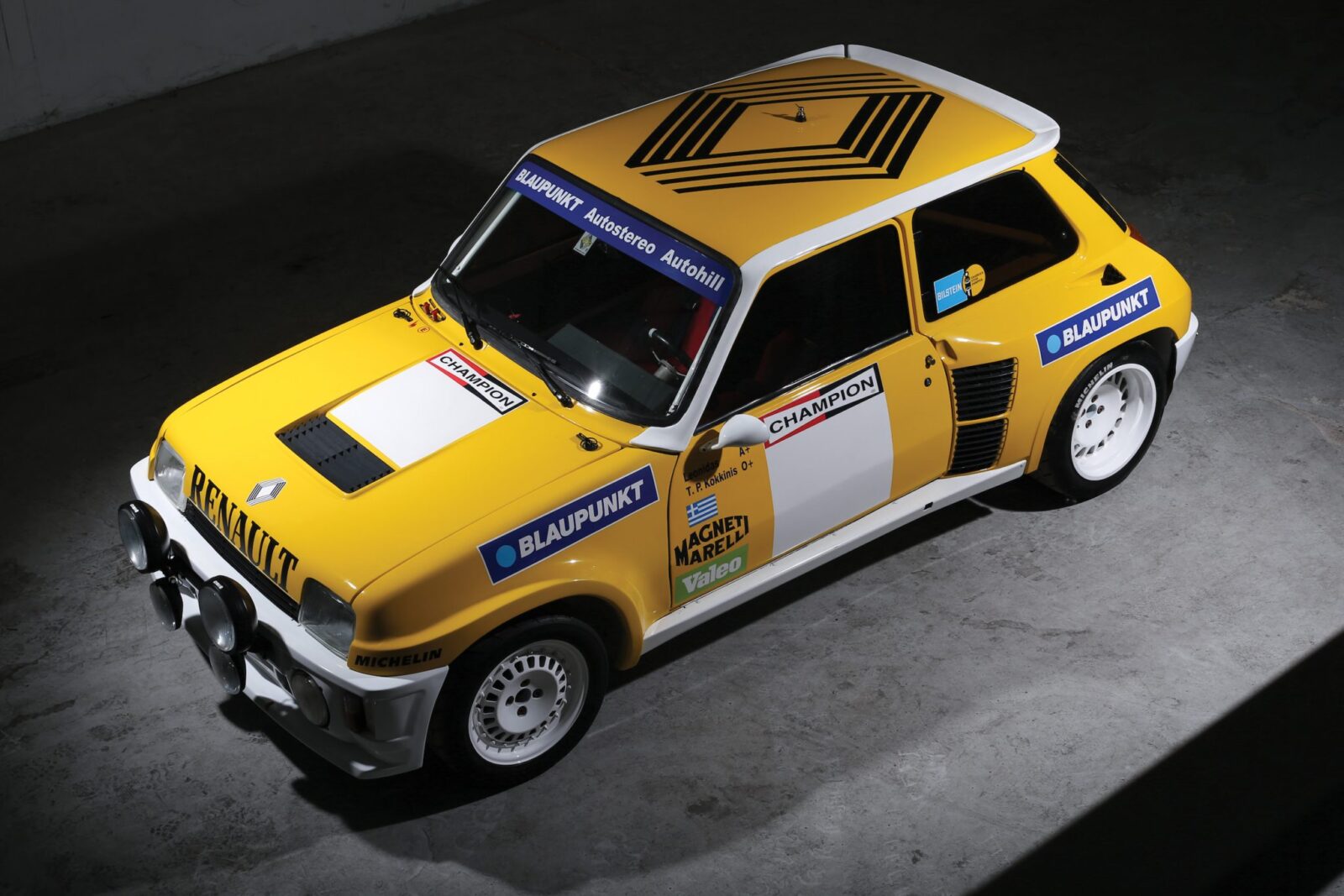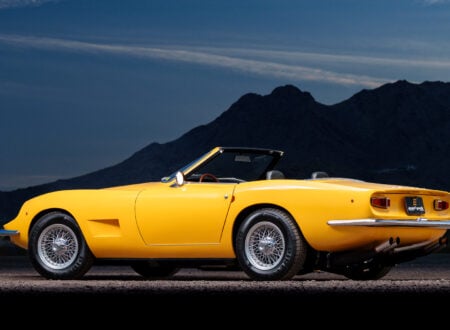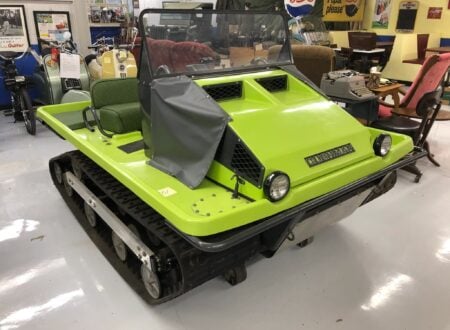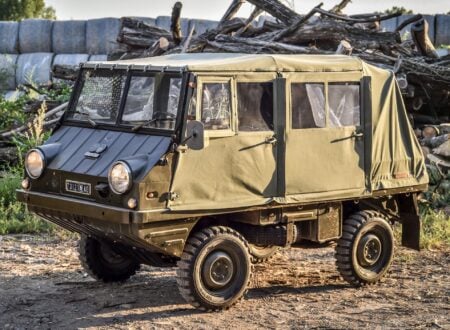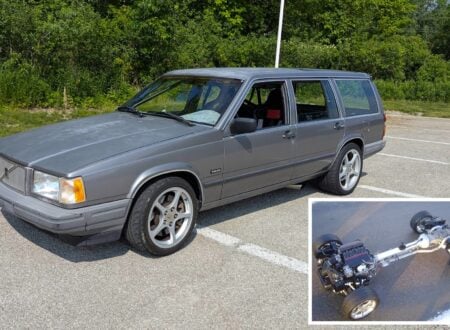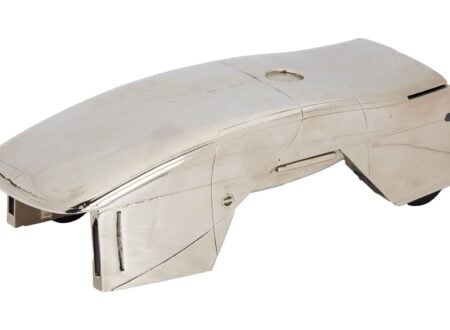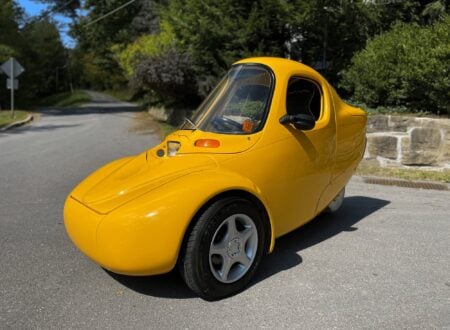The French have their own unique approach to building cars. If you don’t know what I mean just take a look at the Citroën 2CV, the Renault Twizy, anything built by Voisin, the Helicon, or the Citroen DS.
Whereas the Brits, Germans, and Italians all generally chose similar paths for their four-wheeled horseless carriages the French seemed to design all of their cars after a long lunch, with a fist full of Châteauneuf-du-Pape and a crumpled pack of Gauloises.
Like many things created by the French, their cars are often frustratingly brilliant.
A Brief History of the Renault 5 Turbo
The Renault 5 Turbo was built as the successor to the hugely successful Alpine Renault which had dominated European rally competition until the Lancia Stratos came along and moved the game forward.
The initial design for the Renault 5 Turbo was completed by four engineers who developed a prototype in the small facility at Renault’s Alpine facility in Dieppe. It was initially called Project 822, and it was based on the standard production version of the Renault 5 – a front engined, front wheel drive compact car.
Initially the team were planning to use a spaceframe chassis and mount the body panels to it, but this was going to prove far too difficult and expensive. A compromise was reached, and a smaller sub-frame was built and installed in the rear, to hold the engine and transmission in a mid-mounted location just behind the driver and co-driver.
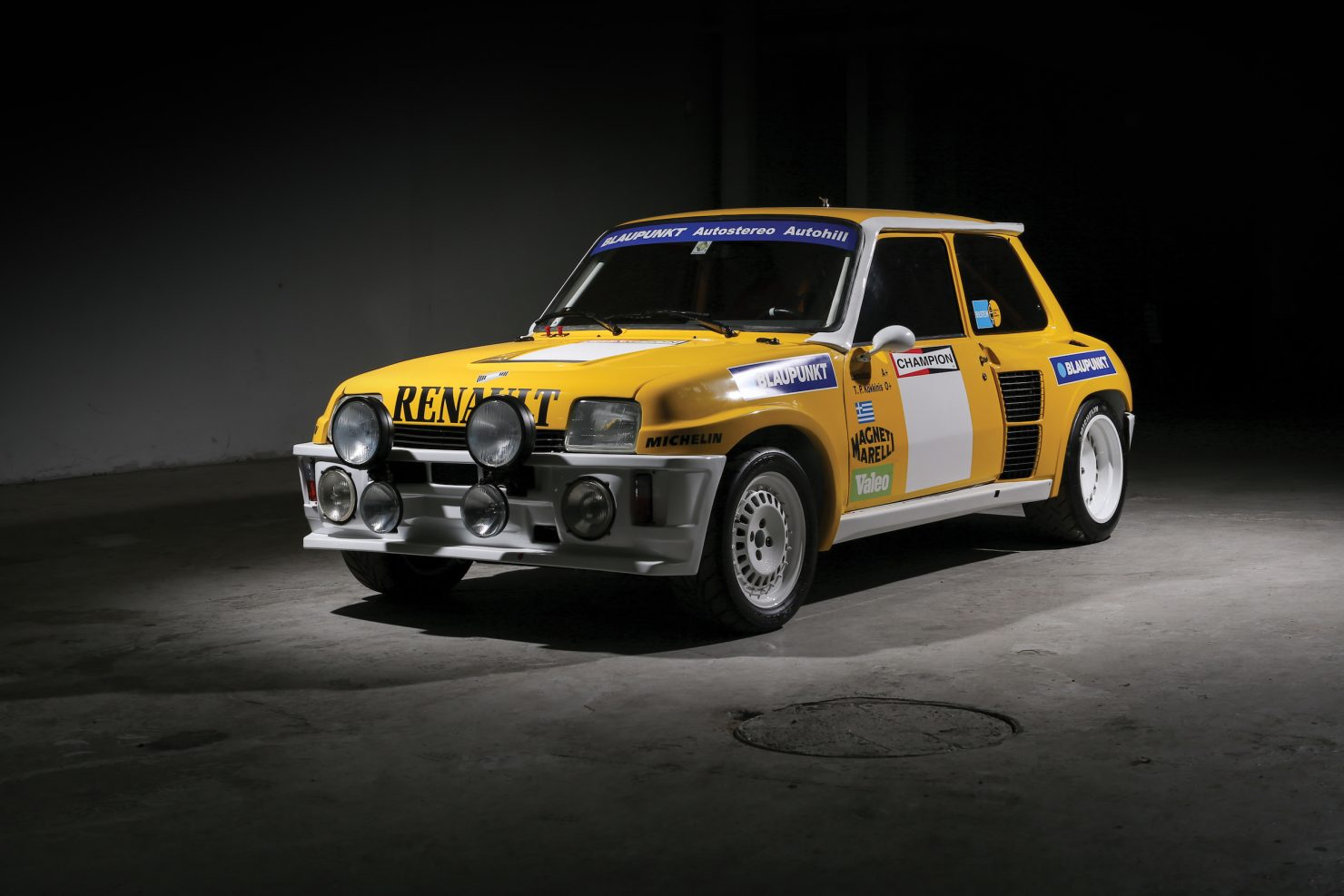
The R5 Turbo was powered by a specially prepared version of the venerable Cléon-Fonte engine, an inline-4 with a capacity of 1397cc coupled to a single turbocharger. Once it had been dialed in the turbo Cléon-Fonte was capable of 158 hp and 163 lbf.ft of torque in street trim, or 345 hp in R5 Maxi Turbo rally trim.
The team at Alpine were well-versed in building high-performance cars with engines in the back, and once the Renault 5 Turbo was completed it proved to be highly competitive – winning the Monte Carlo Rally on its first race outing in the World Rally Championship.
Unfortunately for the Renault, the early ’80s were when the new Group B all-wheel drive cars landed on the scene – all of which proved quicker than the rear-wheel drive Renault on the dirt. 3,576 units were built over the model’s production run and today they’re considered a major highlight from Renault’s back catalogue.
The 1980 Renault 5 Turbo Shown Here
1980 was the first year of production for the R5 Turbo and it landed with much fanfare from the global motoring media. It was by far the most outlandish hot hatch the world had ever seen, wiping the floor with the best that had been built by the traditional hot hatch market leaders.
This car is one of the earliest produced, chassis number D0000020. All 400 had been homologated by the 1st of September 1980, and the unusual new Renaults were making popular appearances on Europe’s rally stages. The car is now wearing “Tour de Corse” livery, and RM Sotheby’s say that it’s chassis number indicates that it could be the Renault 5 Turbo that was driven by Works driver Bruno Saby for the 1981 Monte Carlo Rally.
If you’d like to read more about the car or register to bid you can click here to visit the listing.
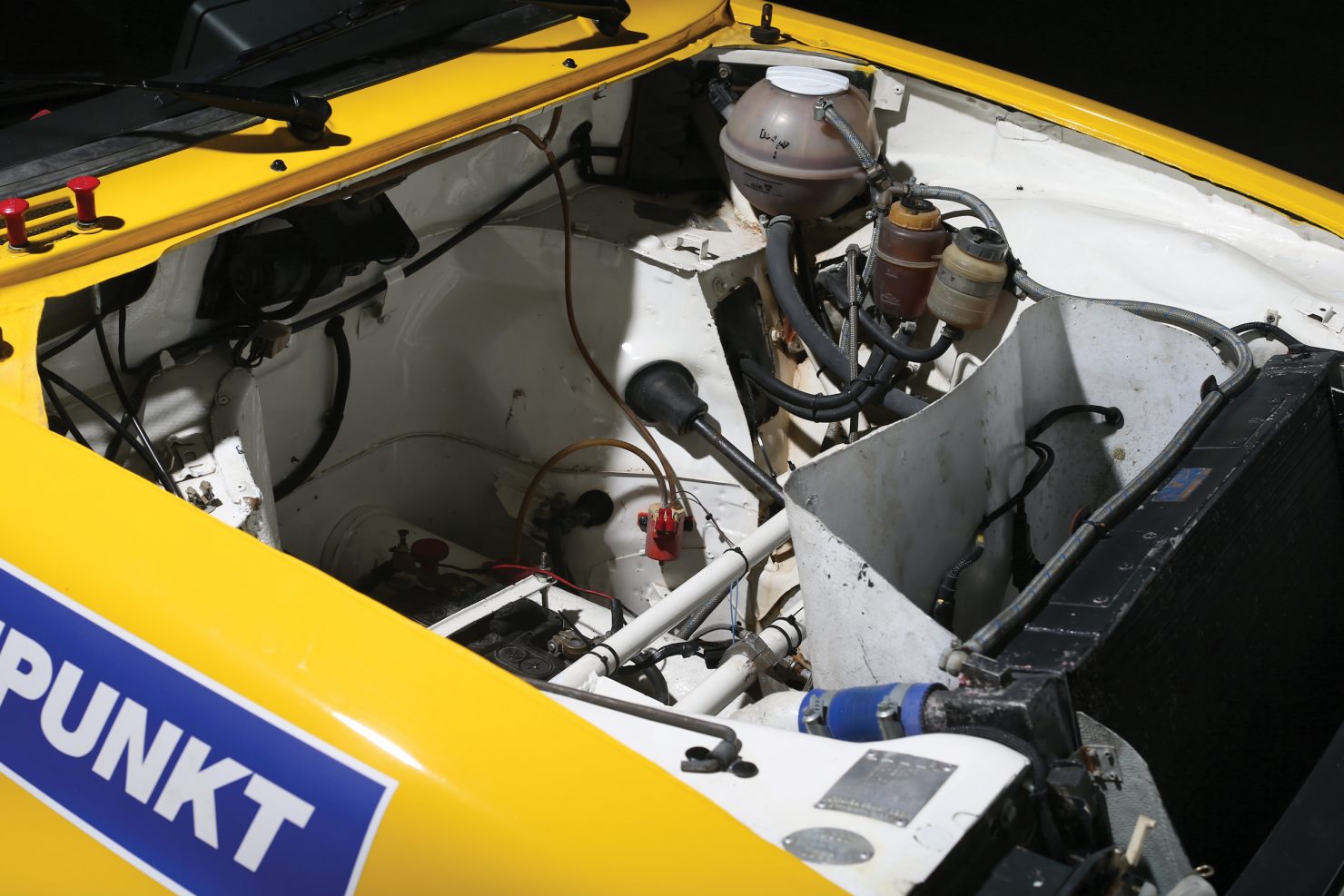
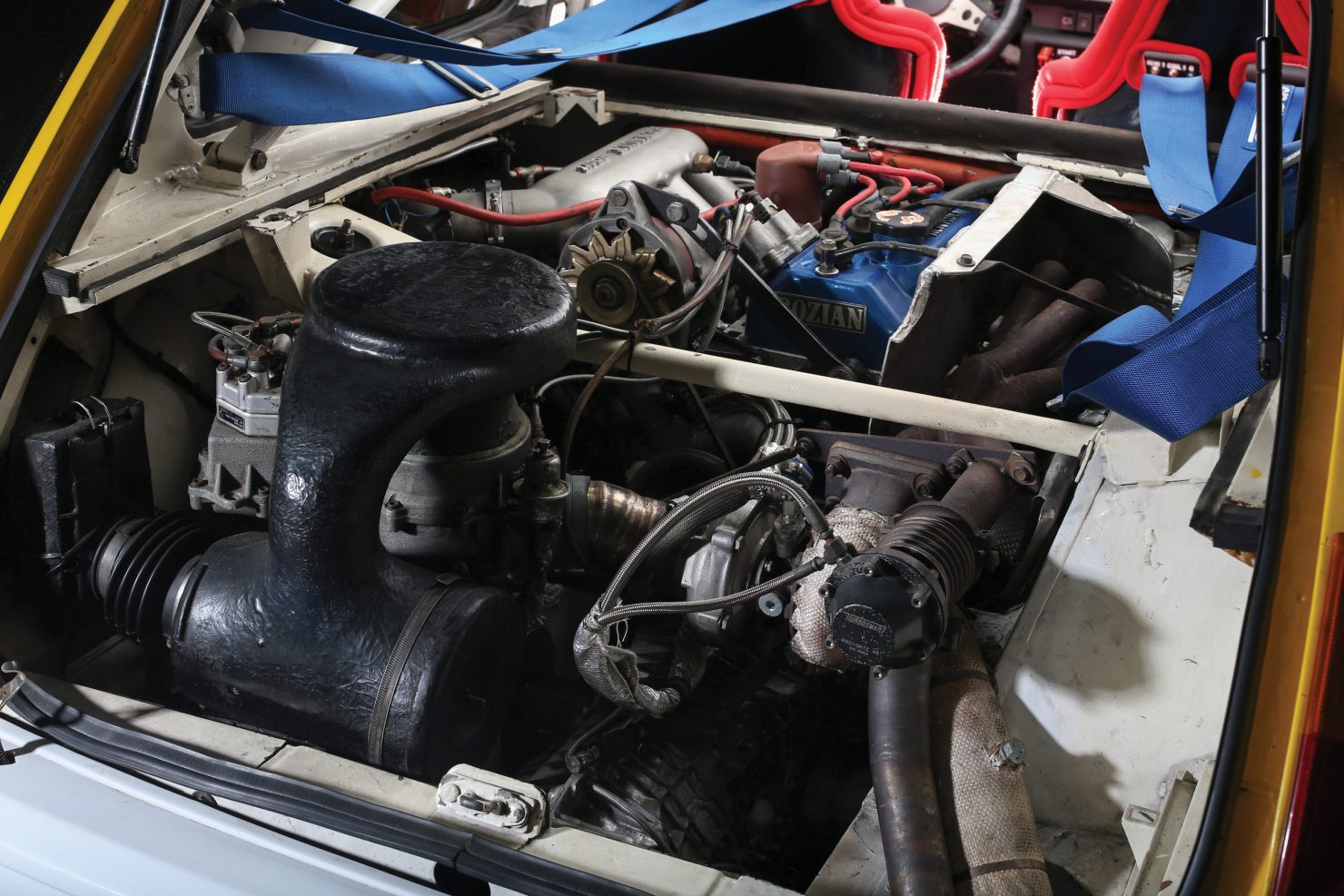
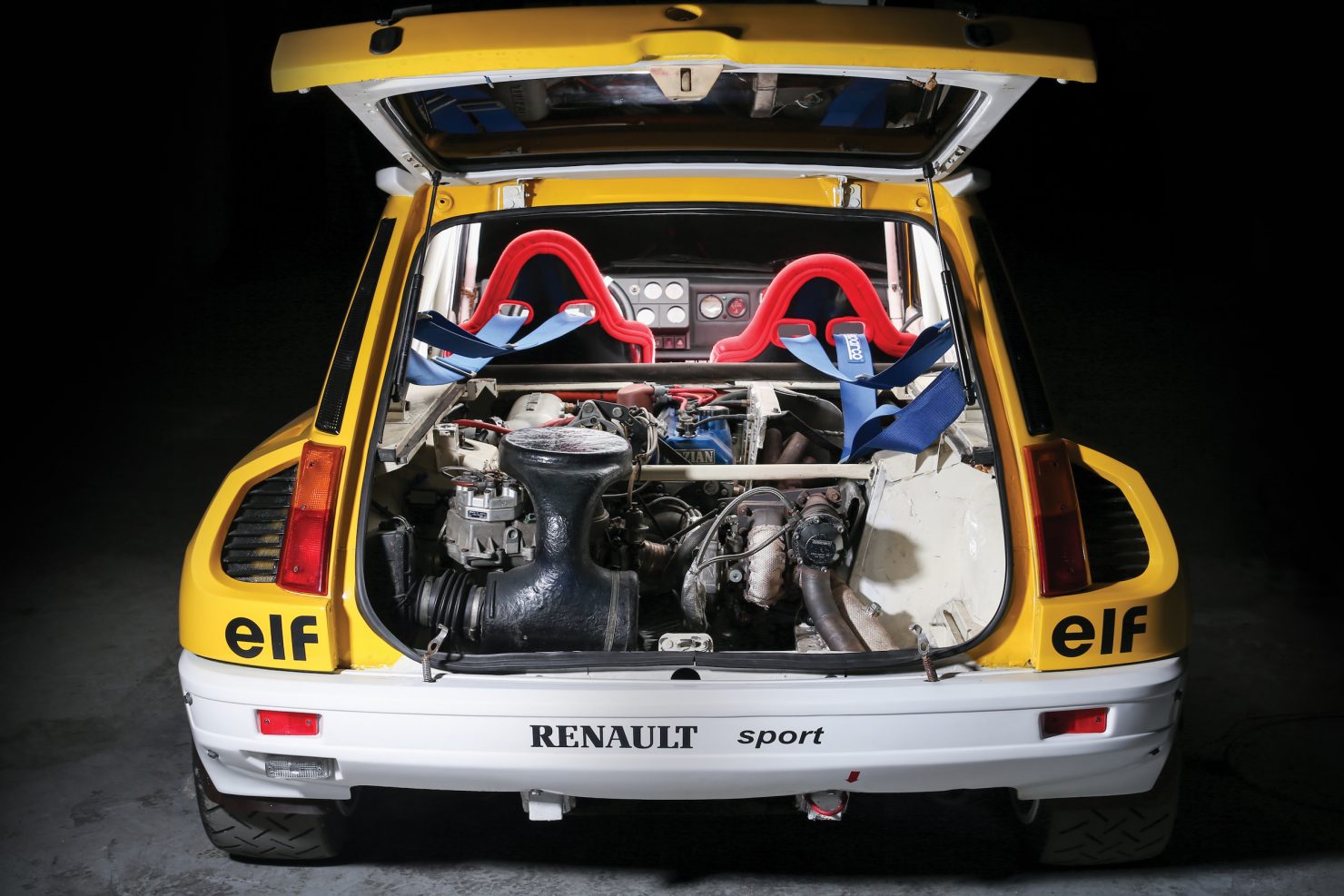
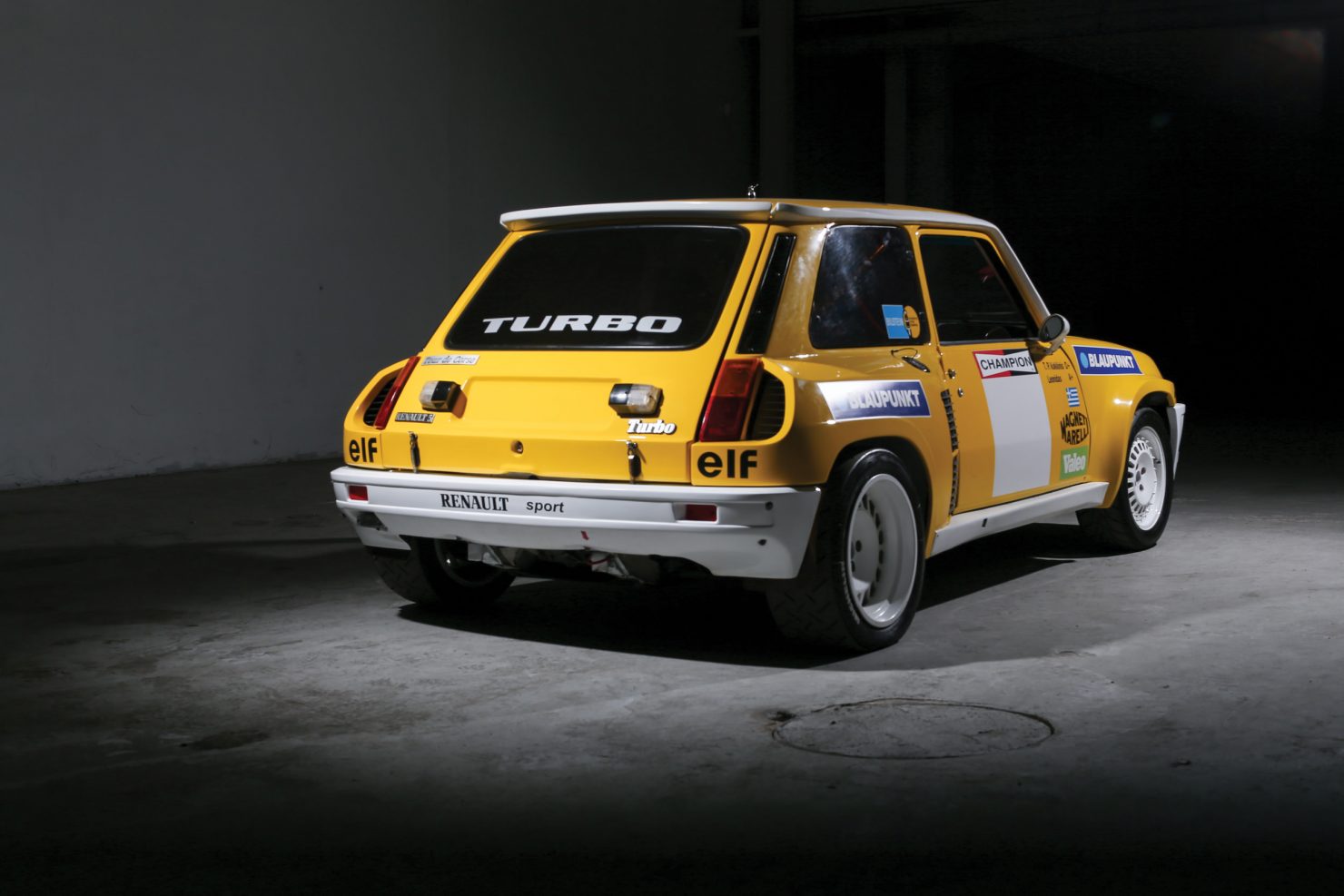
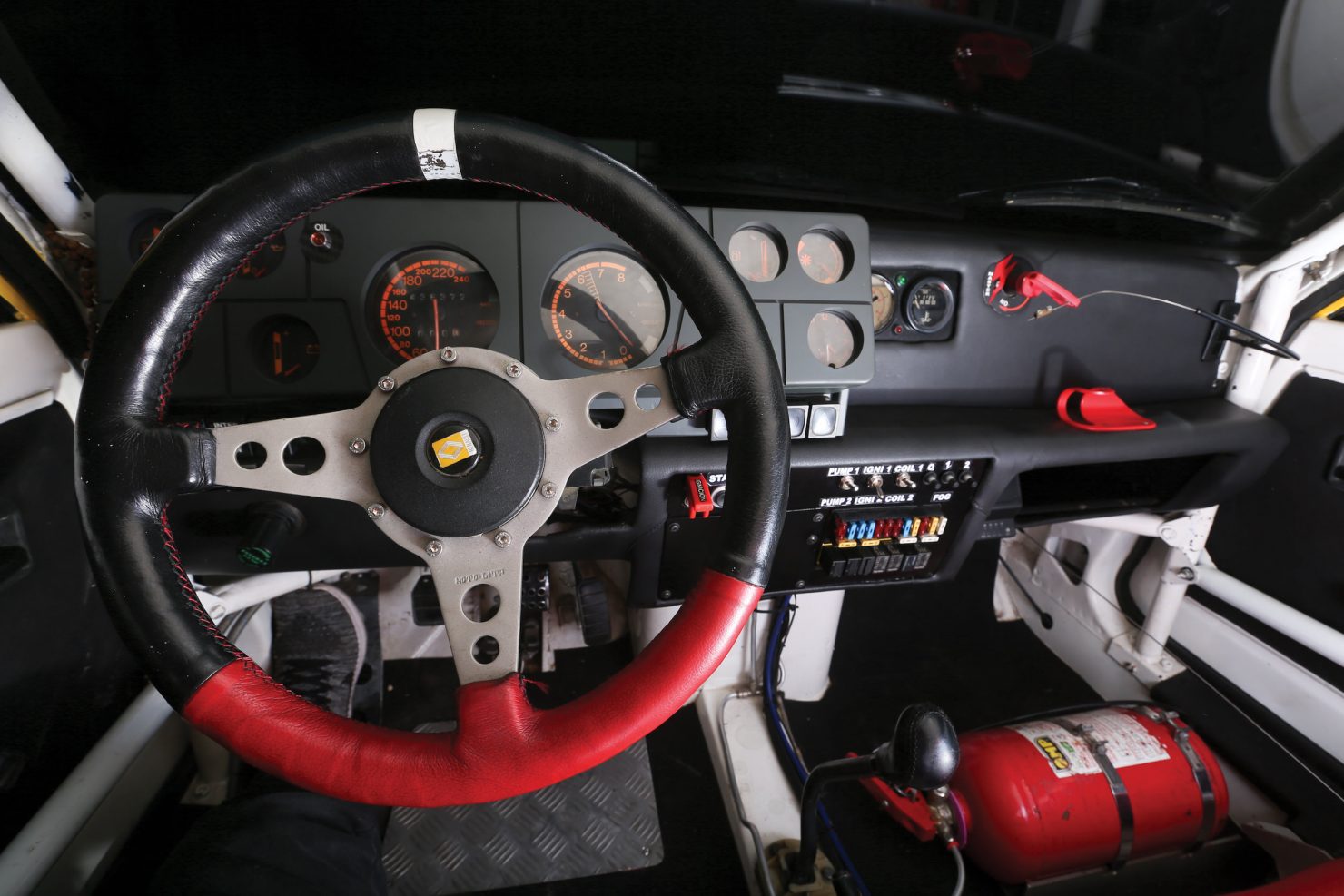
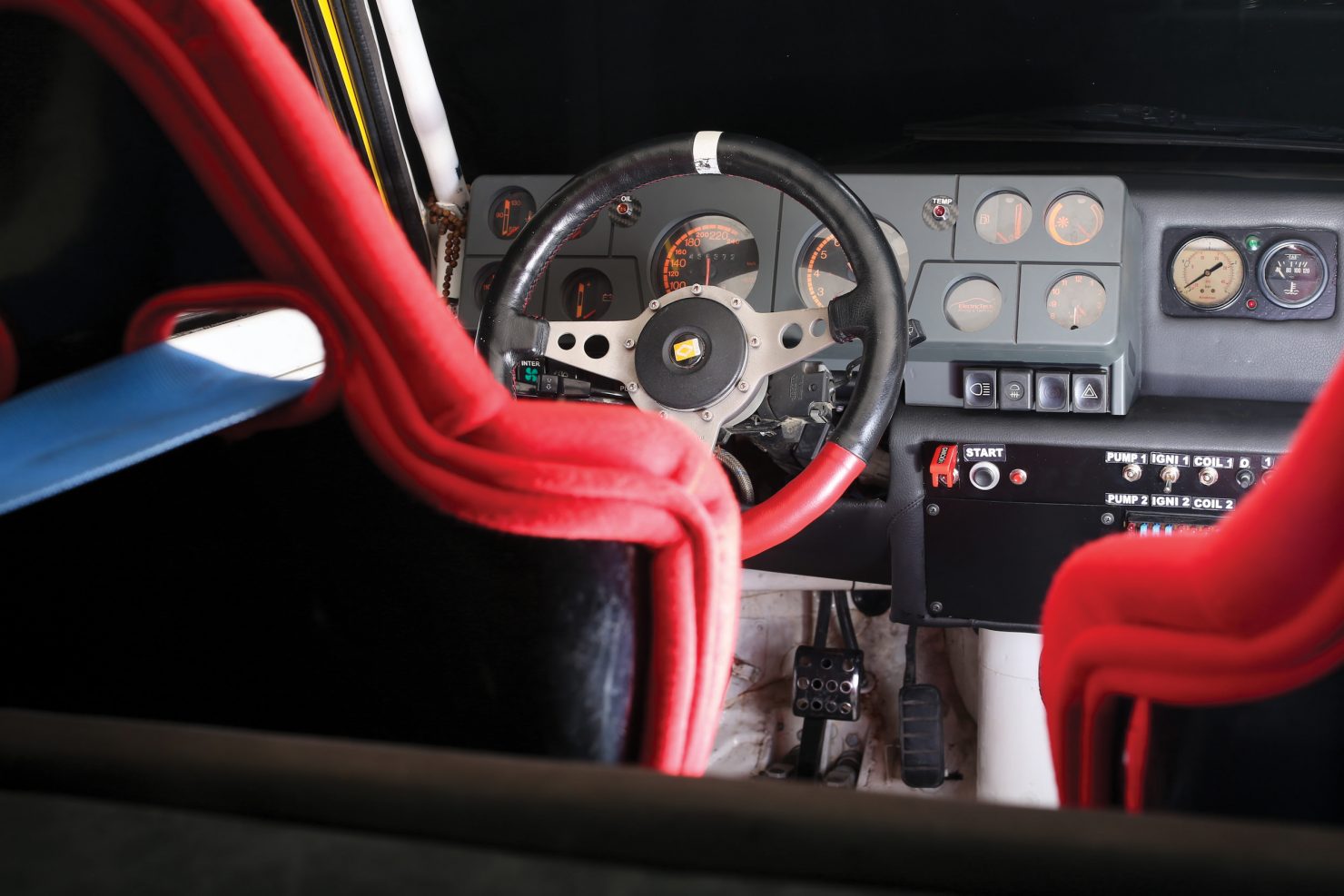
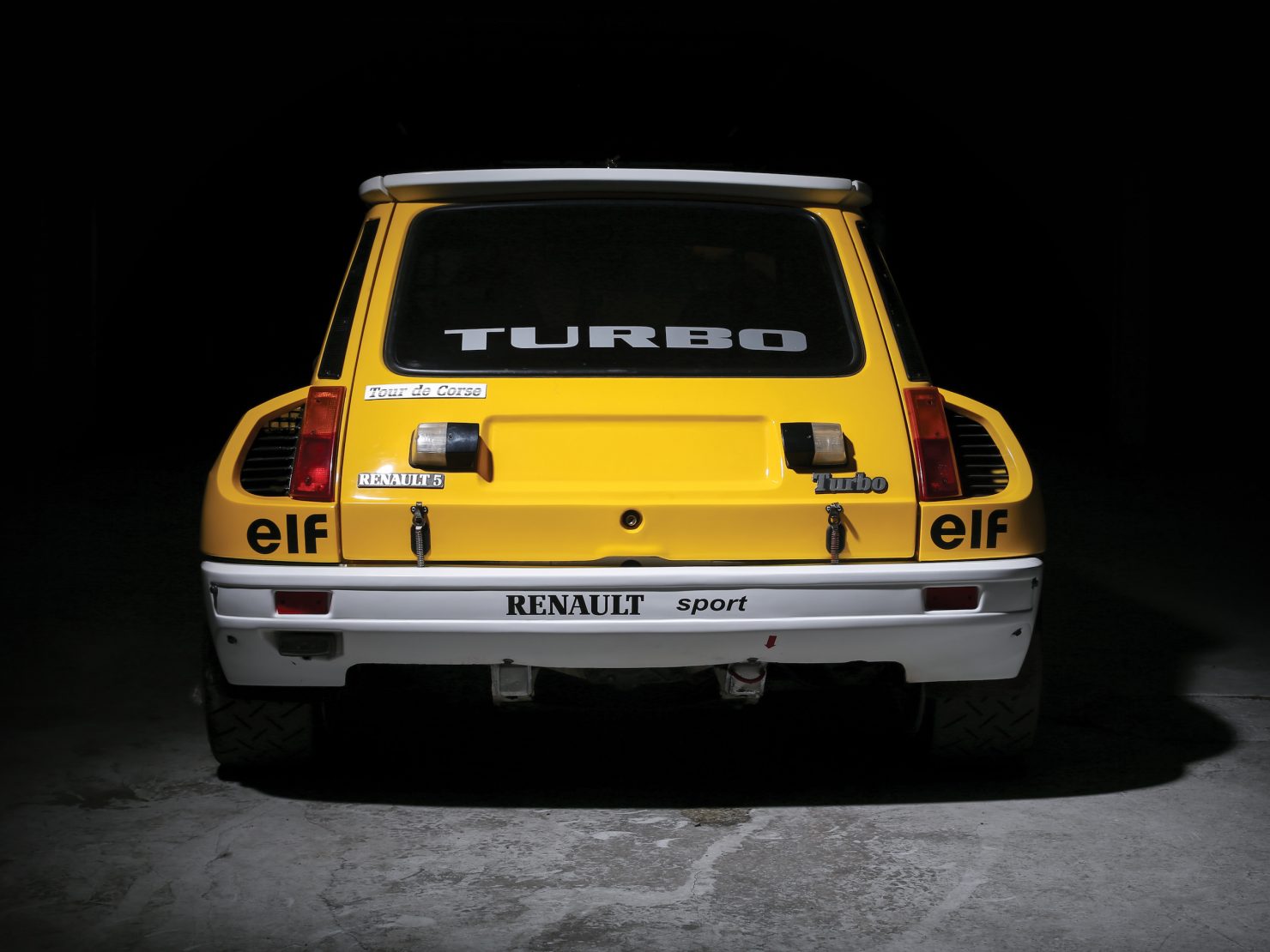
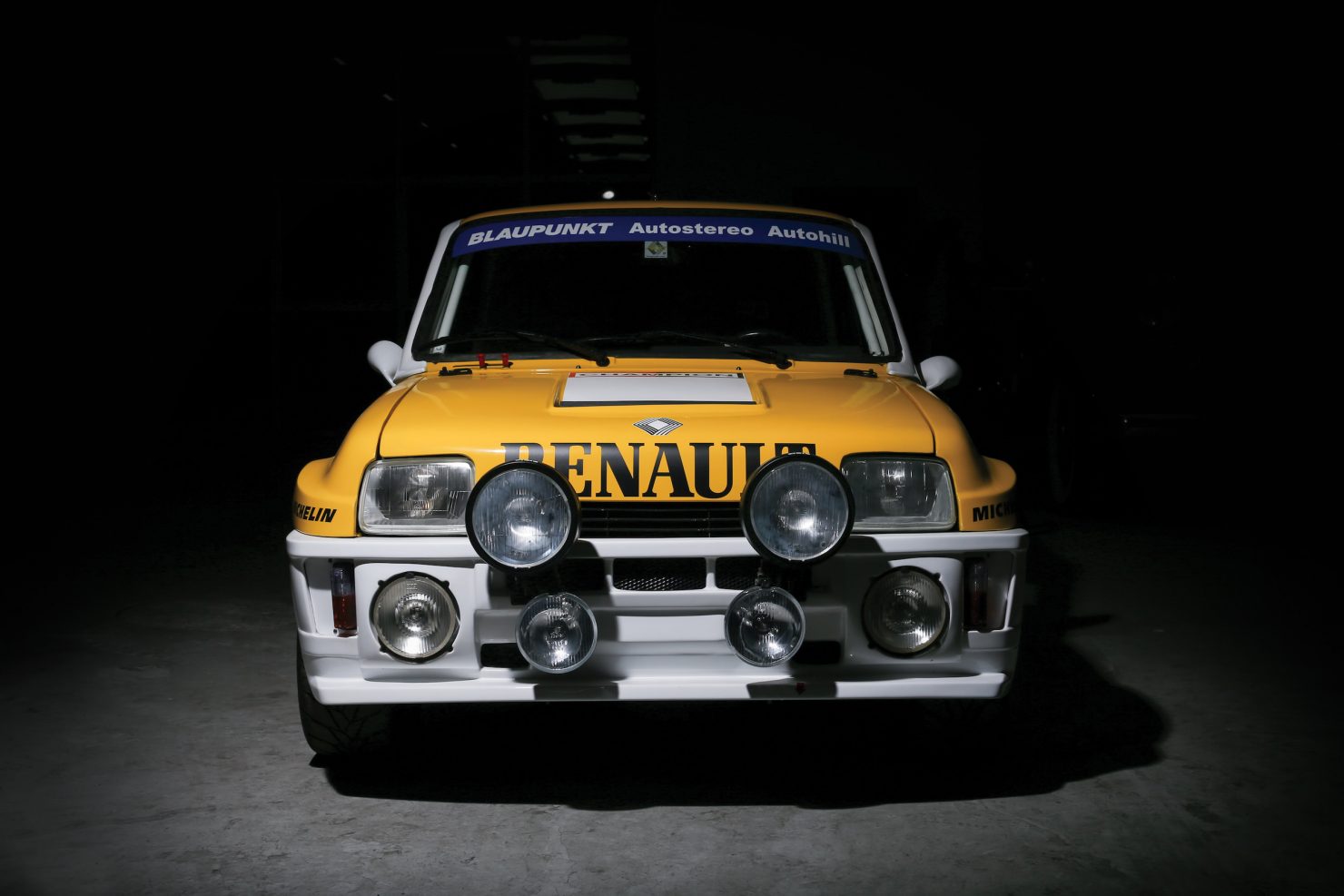
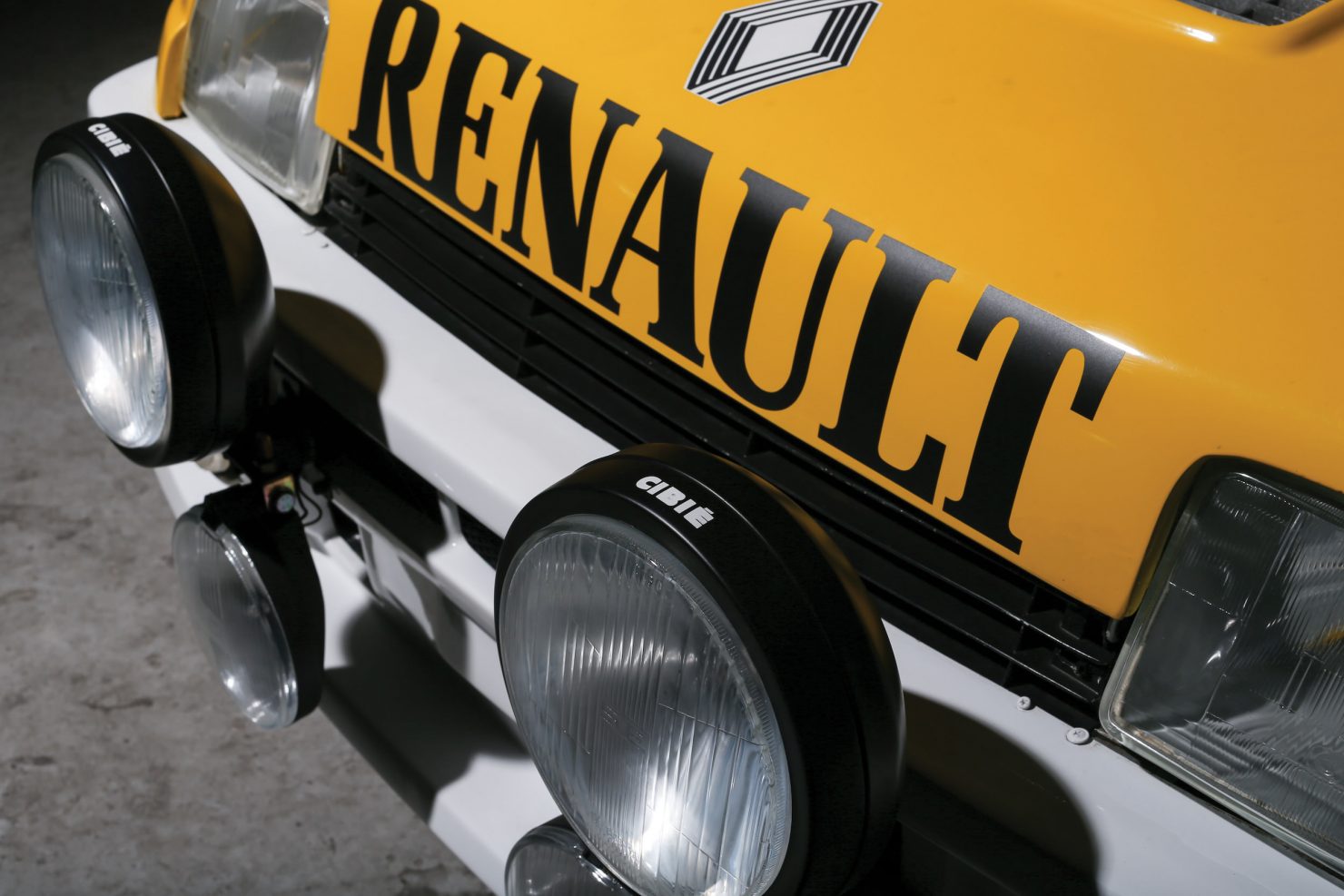
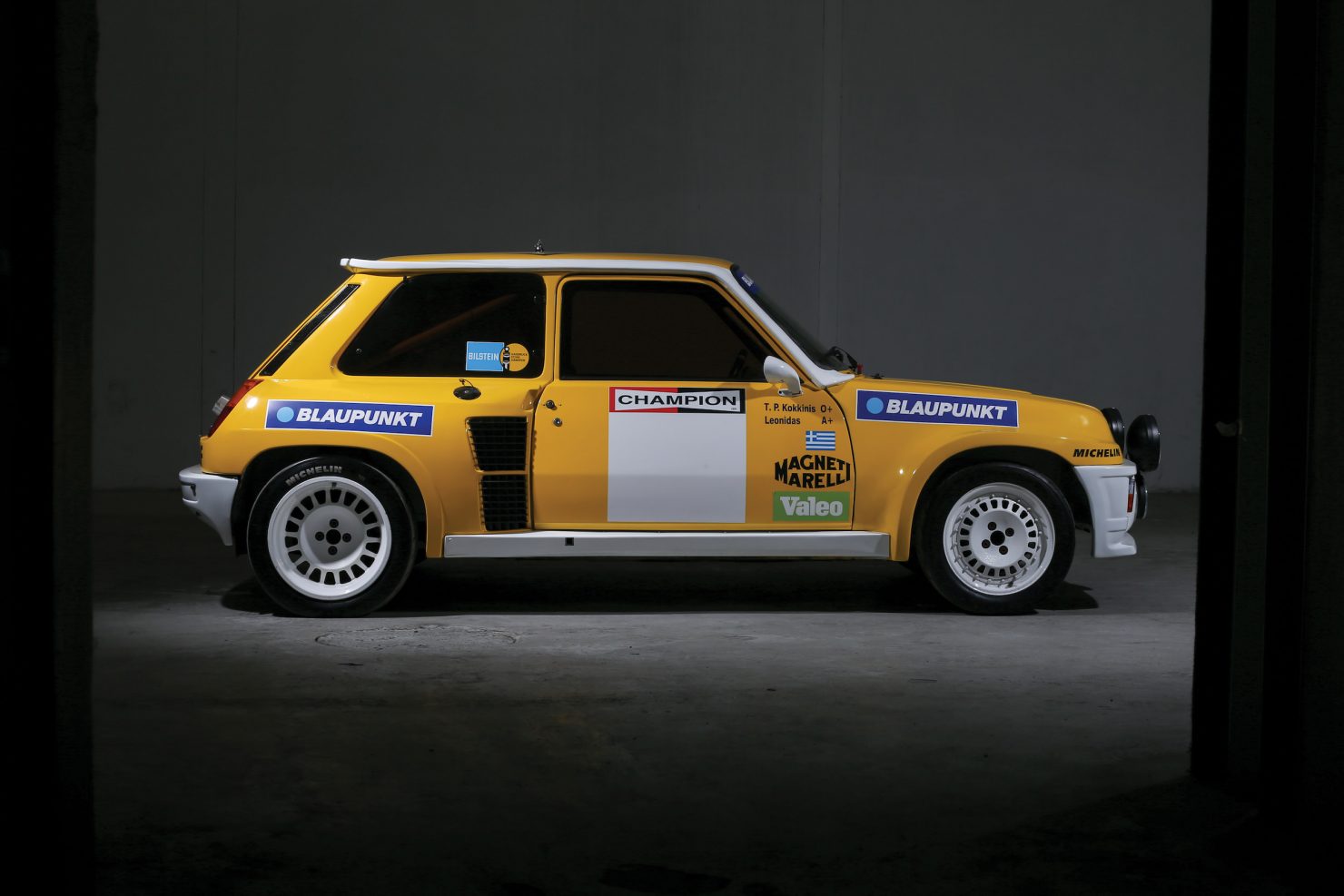
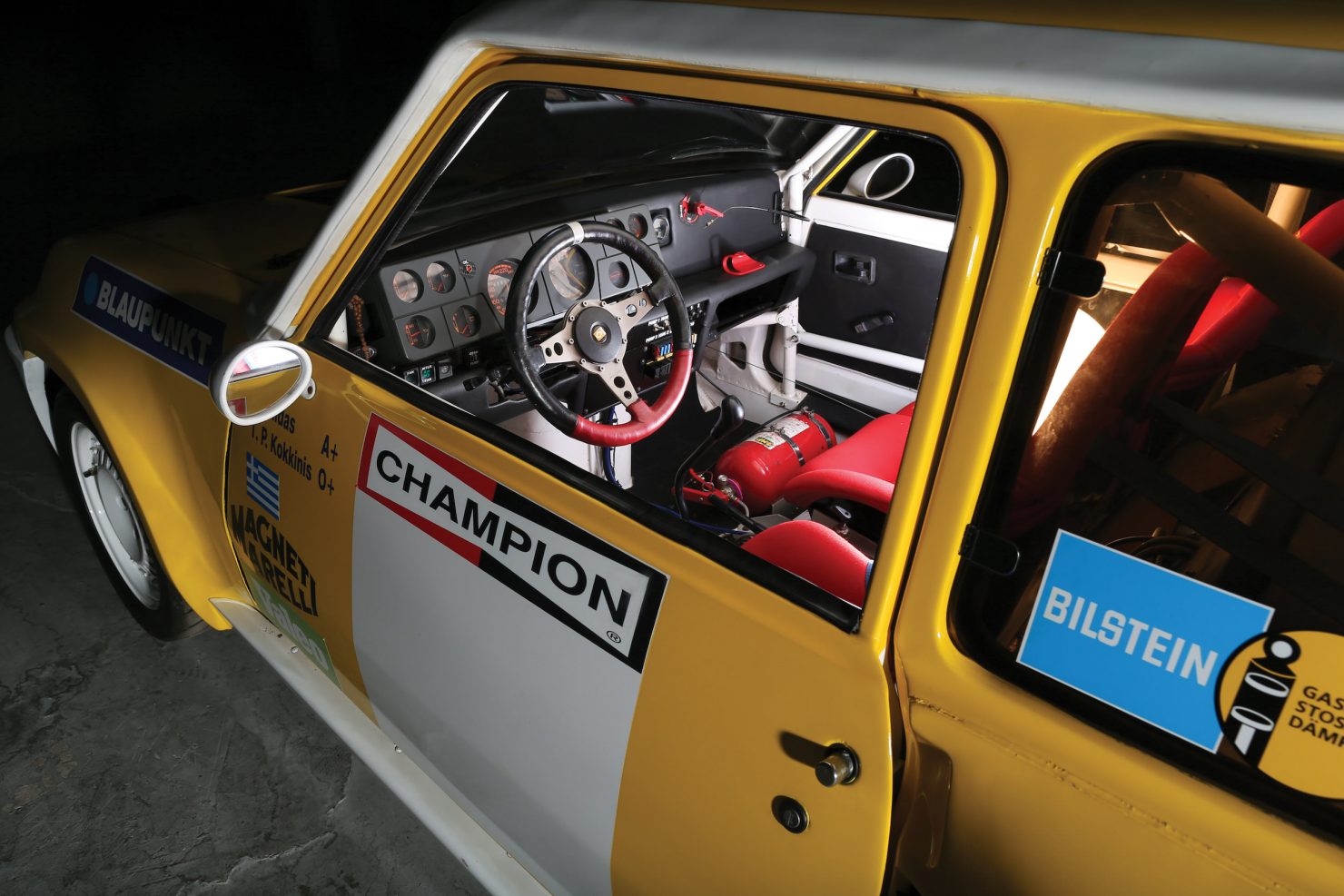
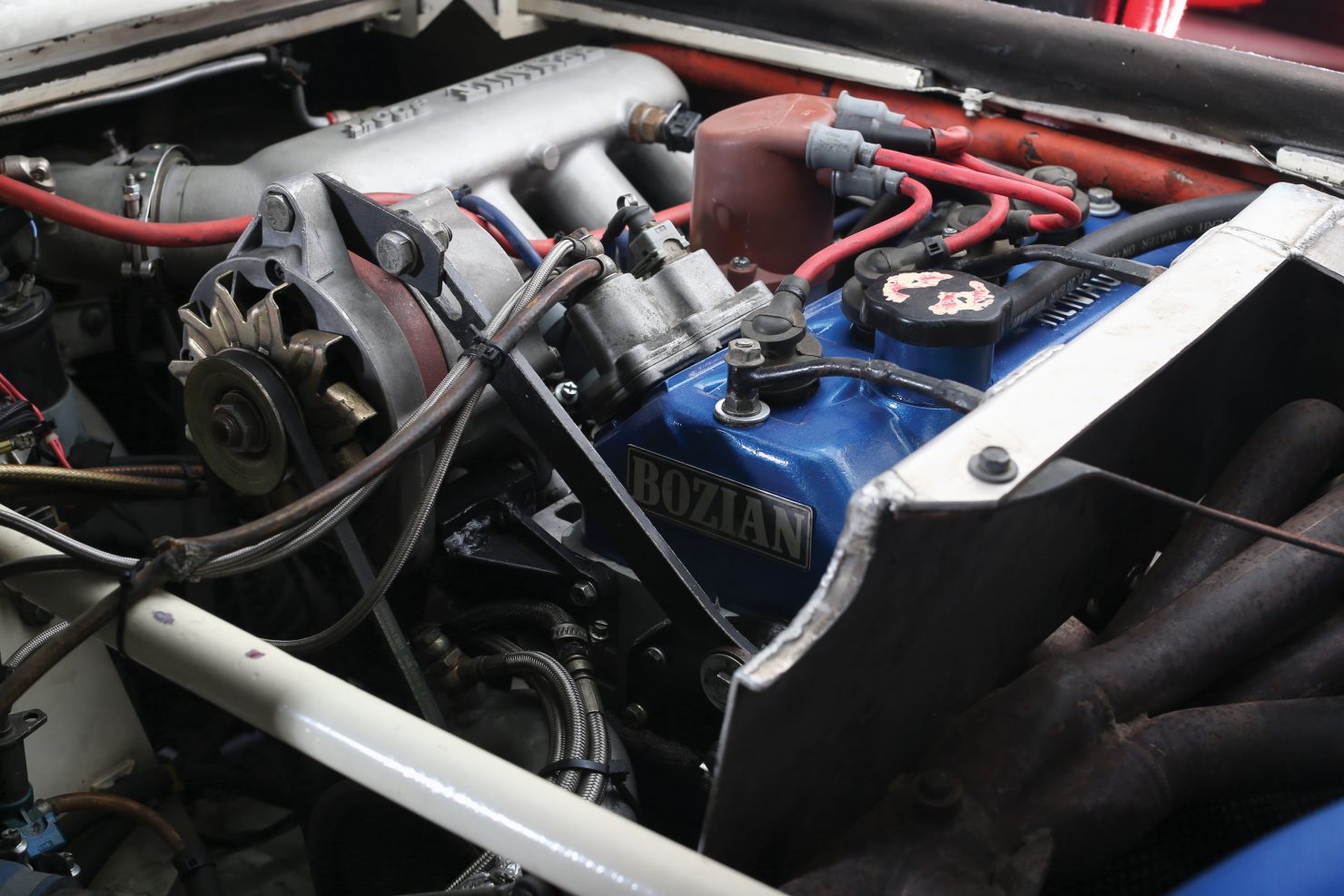
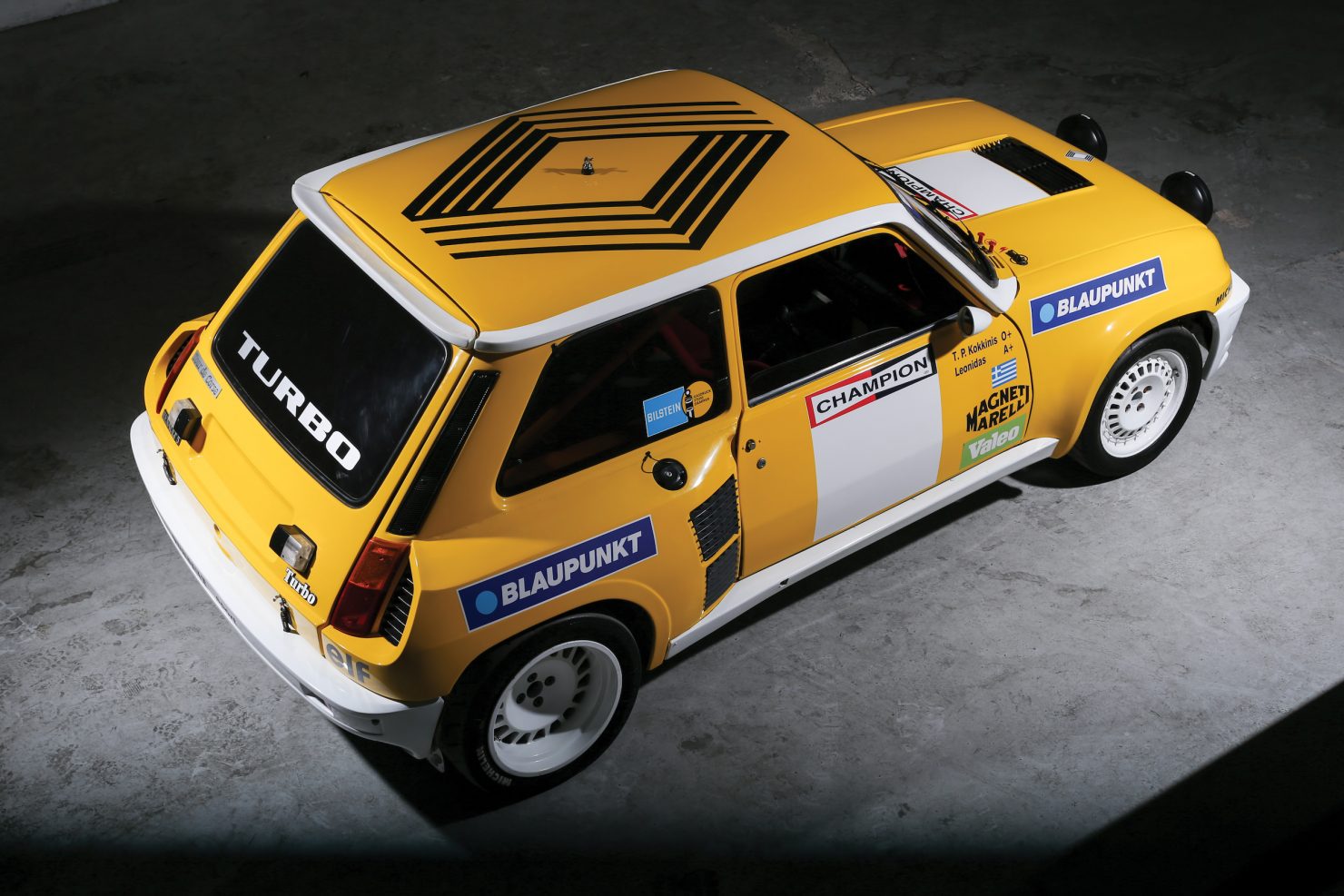
Photo Credits: Jack Passey ©2017 Courtesy of RM Sotheby’s

